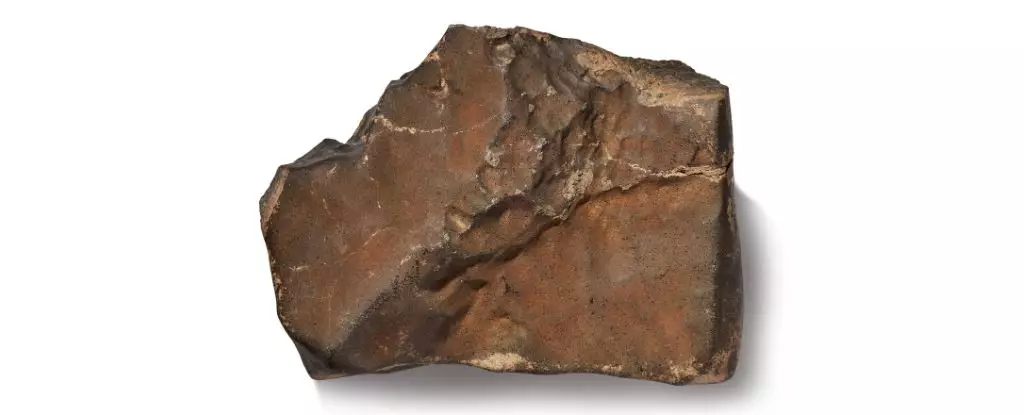The recent sale of the largest-ever Martian meteorite on Earth signifies more than just astronomical curiosity—it reflects the complex intersection of scientific fascination and market-driven capitalism. Known as NWA-16788, this 24.67-kilogram relic from Mars fetched a staggering $5.3 million at Sotheby’s auction, exceeding initial expectations and setting new records in extraterrestrial meteorite sales. The rarity of such a specimen, with its pristine condition and specific mineral composition, captivates collectors and researchers alike. Its presentation as a pristine, relatively recent arrival on Earth elevates its scientific value, yet this excitement is inevitably tinged with controversy about how such objects are viewed and valued in our society.
The scientific community initially expressed reservations about the commodification of a piece of the cosmos. While owning a chunk of Mars feels like wielding a gemstone of celestial origin, critics argue that placing a hefty price tag on a scientific artifact risks transforming wonder into mere capital. The meteorite’s impressive preservation state—showing minimal terrestrial weathering—makes it invaluable for planetary research. It embodies a rare window into Martian geology, offering clues about the planet’s volcanic history and the processes that shaped its surface. Yet, its sale raises uncomfortable questions: should the pursuit of profit supersede the broader public interest in understanding our universe?
Commercialization versus Scientific Stewardship
The debate hinges on a fundamental tension: should celestial objects, especially those of scientific significance, be treated as commodities or preserved as shared heritage? Critics like paleontologist Steve Brusatte argue that such artifacts belong in museums—accessible, protectable, and open to public enjoyment. They warn that placing rare meteorites in private hands risks not only their loss to science but also their detachment from the collective human experience. The concern is that a priceless piece of planetary history might be hoarded by the wealthy elite, perpetuating inequality and limiting scientific progress.
On the other side, some experts like Julia Cartwright suggest that scientific inquiry can still flourish under private ownership—if the new custodians of such specimens are genuinely interested in research. Yet, this view presumes that profit motives will harmonize with scientific goals, which is often an overly optimistic assumption. The vulnerability of these objects once in private caches, especially when their locations and conditions are hidden, amplifies fears of scientific censorship and limited access.
This scenario exemplifies the broader critique of capitalism’s influence on scientific and cultural assets. While the allure of acquiring a piece of Mars may seem purely scientific or sentimental, it is often driven by marketing, exclusivity, and wealth. The sad irony is that some of the very objects that could unlock universal truths about the universe are being reduced to status symbols or investment assets.
The Ethical Dilemma in a Capitalist Society
The sale of NWA-16788 underscores a troubling shift—a commodification of what ought to be a global heritage. The fact that such a rare and scientifically significant meteorite was auctioned off in a glitzy Sotheby’s event reflects a broader societal trend: turning the unknown and awe-inspiring into something that can be bought and sold. This practice commodifies the universe itself, risking a disconnect between scientific imperative and economic greed.
For the public, the narrative becomes even more complicated. On one hand, high-profile auctions draw attention and interest to planetary science; on the other, they reinforce economic barriers to access. When the most extraordinary pieces of the cosmos are locked behind private collections, it becomes increasingly difficult for general audiences and researchers to engage with and learn from these celestial artifacts. This divide widens the gap between scientific inquiry and commercial interest, fueling skepticism about whether scientific progress is truly prioritized or simply exploited for profit.
In this context, society faces a stark choice: continue commodifying our shared cosmic heritage or develop mechanisms that balance scientific integrity with ethical stewardship. Ultimately, the question is how we define value—not solely in dollars but in knowledge, cultural significance, and the collective curiosity of humanity. As much as the meteorite’s sale reveals a market-driven world, it also exposes the urgent need to reevaluate what we consider truly priceless—and who deserves to hold it.



Leave a Reply